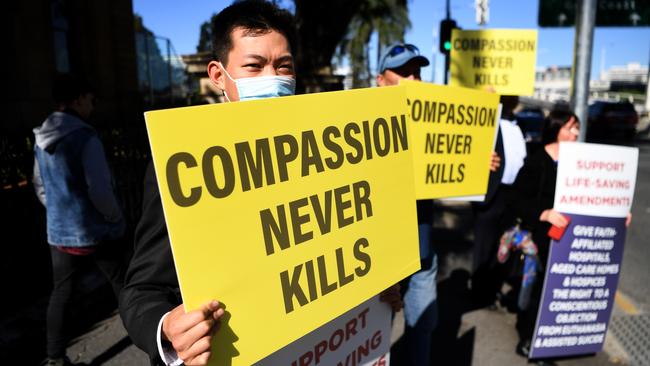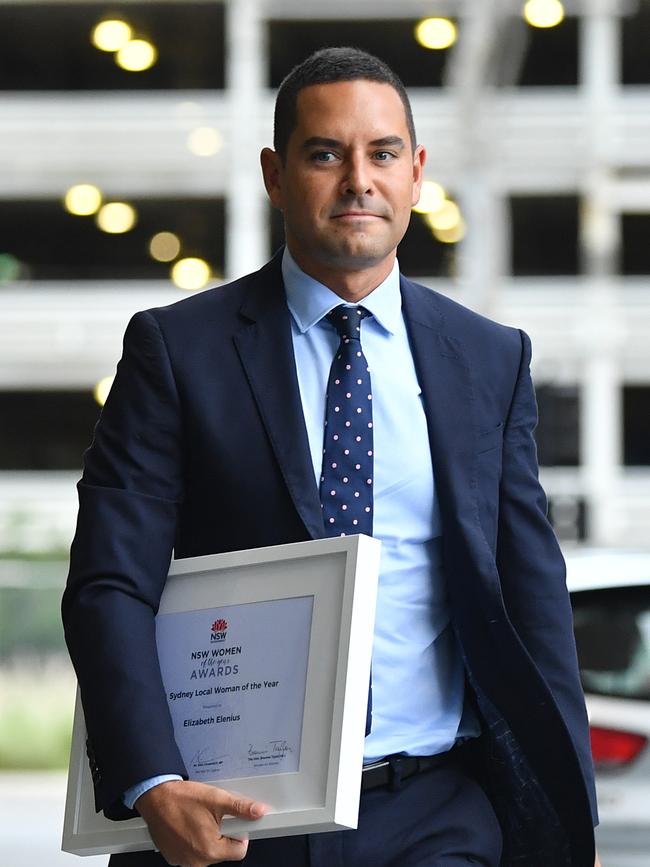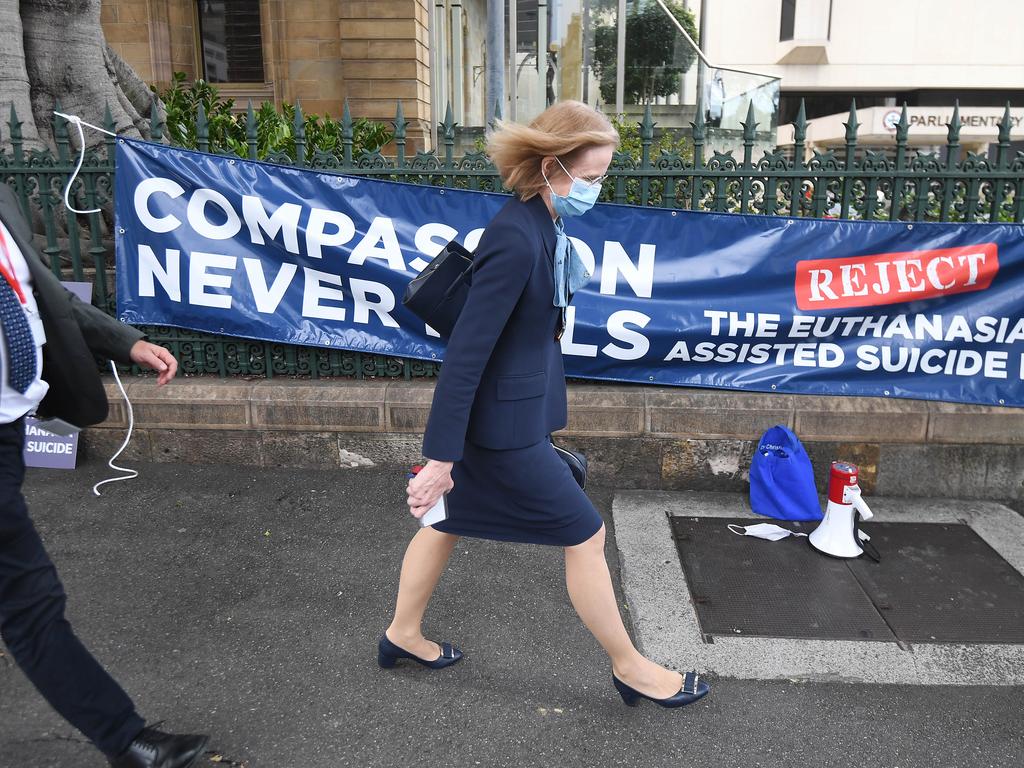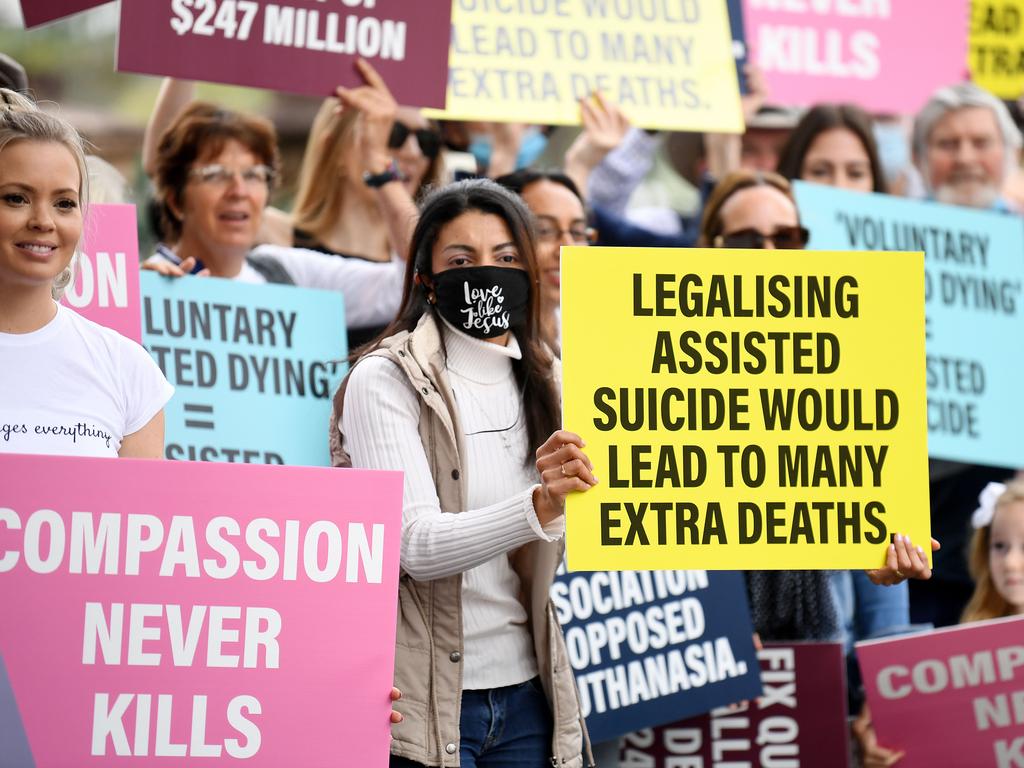Euthanasia or VAD: Euphemism can’t disguise truth of this licence to kill
Manipulating the language to sway opinion is a tried and true technique of progressives both right and left.

I agree. However, the real truth and the real problem with legalising euthanasia is not that choice. If a person is dying and does not want treatment, they already have the right to refuse it, and many do. That choice is already respected.
No, the truth of legalising euthanasia is not that choice, it is not about a patient’s wishes; it is about giving medical personnel the right to kill them.
Manipulating the language to manipulate opinion is a tried and true technique of progressives both right and left. They have succeeded in introducing this practice across the Western world by manipulating the language and cementing that language into the popular mindset and officialdom.
So, euthanasia has become voluntary assisted dying, just as abortion became termination of pregnancy, sex became gender, gay marriage became equal marriage and, of course, the libertarian right and radical left have become progressive. So, naturally, anyone who doesn’t agree with this stuff is automatically branded an illiberal reactionary.
Consequently, the proponents of voluntary assisted dying cleverly emphasise the voluntary bit, and blithely ignore the wider implications of the assistance bit. Assistance is very different from giving a medical practitioner the ability to actively kill someone. The trick implicit in the term voluntary assisted dying is to pretend that assisting is the same thing as giving medicos and other people the legal right to administer a lethal injection. The campaigners muddy the waters by constantly insinuating emotional non-reason into their diatribes.
However, the central issue of the anti-euthanasia argument is not the emotional toll exacted by witnessing a death, nor is it about compassion, and most definitely it is not about popular opinion. Our consciences should not be subject to popular opinion.
No, euthanasia, now rebranded as VAD, is about giving the medical apparatus and personnel the right to kill someone. That is the absolute central issue. That is what legalising euthanasia does and that is all we should be discussing.
However, many people are not clear what it is all about. They do not know what the law is at present or even what is meant by euthanasia. In particular, many people think passive euthanasia is the same as active euthanasia.
A lot of Australians who have been given little moral education are very confused about the so-called double effect, or unintended death after the administration of drugs to someone in extremis. People know this happens and campaigners including our very own Dr Death, Philip Nitschke, have always tried to muddy the waters on this issue. It suits them to say, as Denton did, that euthanasia happens every day and should be regulated. It doesn’t. Doctors have been making that important distinction since the days when the Hippocratic oath, with its opening statement, “First, do no harm”, was the norm.
But what about compassion and the emotional toll on families? Well, for a start, we don’t make laws on emotion or assumed emotional effects. This is not a rational argument for legalising the delivery of death. However, Denton and all the other proponents of this huge legal step into the darkness of unreason have taken the emotional temper of the times very well. They know tears in the parliament sway people.
Tumultuous emotion and compassion are always and should be part of any dealing with the dying. I know this, having not only witnessed the death of a younger brother and both my parents but also assisted in their palliative nursing care. Three of my closest female friends have died, one leaving two young daughters, so I can attest to the fact emotion, and compassion for suffering, is usually never lacking if one really is assisting the dying person. However, who are we trying to protect by sanctioning euthanasia: ourselves or the dying?

But what about the validity of people’s right to choose not to continue to live? One of my friends is a case that illustrates the ability of people to go as they wish and not continue living. She was diagnosed with terminal cancer but she opted for no surgical or chemotherapy treatment. Her husband respected her wishes, so she went into a beautiful palliative care facility from where she could move in and out as long as she was able. She had some pain, but it was controlled, and she died with very little pain or suffering. The so-called progressives have managed to introduce euthanasia by pretending that people like my friend didn’t have a choice.
NSW is the latest jurisdiction set to debate a euthanasia bill. The progressives, led by its spokesman, independent MP Alex Greenwich, once again will ignore the truth of the issue, the nature of assistance, in favour of emphasising voluntary. After all, Greenwich has already plumbed the depths of superficiality with his argument that NSW is not progressive enough to keep up with other states, a piece of classic progressive reasoning to destroy that fundamental concept: First, do no harm.
But in Greenwich’s progressive world view, harm is probably a flexible concept, as is, doubtless, assistance.






Last weekend Andrew Denton, the populist campaigner for euthanasia, wrote a column headed “Truth is, a choice not to continue living should be respected”.